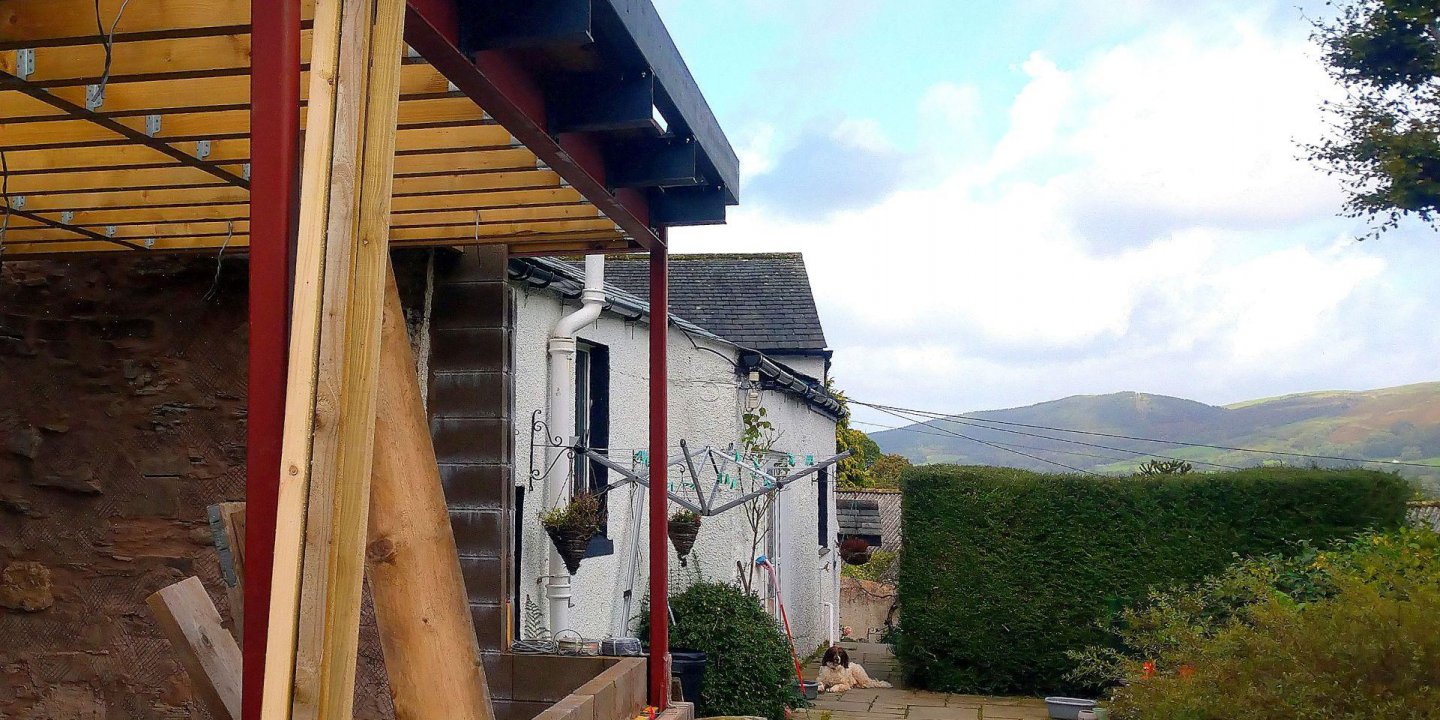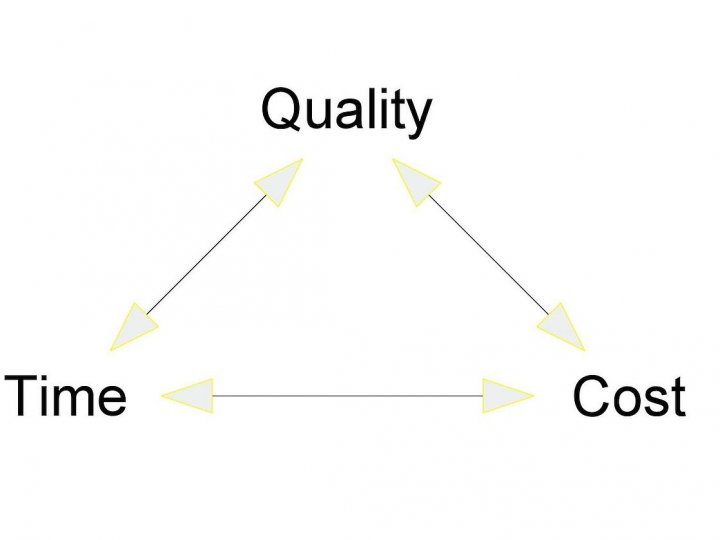
In construction terms, Procurement refers to the co-ordination of methods and processes of purchasing materials, goods and services to complete a specific building project. There are many different types of Procurement models which can be adopted, each with their own advantages and disadvantages depending on the size, scale, complexity and location of a particular construction project which also aligns with the client’s individual aspirations.

The Time, Cost & Quality Triangle
A common phrase and model referred to across the construction sector which plays a fundamental role in not only in Procurement, but is often applied in endless other areas is known as the Time, Cost & Quality Triangle.
This represents the three fundamental areas in the planning, construction and management of any construction project that must be clearly defined prior to any on-site works beginning. The dilemma is that only 2 of the 3 areas can ever be prioritised without having a negative impact on the building process. For example, if a project is to be built to a high-quality standard and within a set budget it will likely take longer than other potential procurement routes.
An element of uncertainty and robustness is also necessary in any procurement plan to ensure a realistic outcome when unforeseen issues arise.
We will briefly discuss the 3 main routes of Procurement in the UK but this is by no means a comprehensive list.

Traditional Procurement, Design & Build Or Contract Management?
Traditional Procurement is the most common route of construction in the UK and should be a method that most builders are familiar with. It is suitable for both experienced and inexperienced clients as it separates the design stages and construction stages of the project. The client will appoint a designer on an individual basis who will obtain planning permission, building regulations approval and then prepare tender documents which potential contractors are invited to submit tenders for.
By fully developing the design that meets the client’s needs and aspirations prior to inviting tenders and maintaining the architect or design team as lead consultant for the project will typically hold the quality of the final product at the forefront of the project, but clear communication between client, architectural designer and contractor is vital. This method is typically the longest in terms of time but it usually represents the lowest risk option to the client and provides more certainty in working to pre-agreed fixed budgets, expected quality of finished rooms and timescales to work towards.
The second most common procurement method is Design & Build (D&B) which removes the separation between the design and construction processes with the contractor taking a more prominent role and the design team essentially working for the main contractor. Design & Build Procurement is more commonly used by large national housebuilders or on commercial projects and is not recommended for individual residential clients who are inexperienced with the building trade.
For clients, this method can provide a single point of contact throughout the project with the contractor assuming all risks and on-site construction will typically begin sooner than with Traditional Procurement. However, it allows contractors to prioritise profit margins and speed over the quality of the finished build and requires clients to commit very early to a design as on-site variations can be difficult and very expensive to complete.
Finally, Project Management Procurement (sometimes referred to as Contract Management) is only typically suited to developers or clients who have significant experience within the building trade as this route essentially removes the role of a main contractor.
This involves the client taking on multiple trade tenders which can be financially beneficial but means the client essentially assumes all the risk for the management of the construction of the project. This can be very time consuming depending on the size, scale and complexity of the building project.
Regardless of which procurement method used, construction projects should involve the exchange of formal legal contractual arrangements between client and contractor, typically using J.C.T or N.E.C contract suites which covers most project values and complexities.
